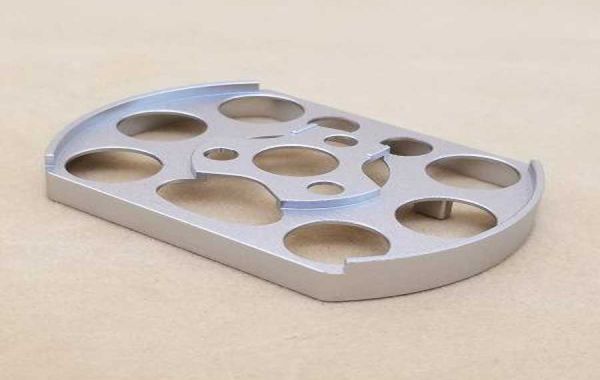The deformation process of reducing the diameter of pipes at room temperature is similar to thermal diameter reduction (see tension-free pipe diameter reduction, pipe tension reduction). The basic characteristic of cold diameter reduction is that the cross-section of the rolled piece has good stability during deformation and is not prone to rolling breakage.
Under the same condition of the ratio of outer diameter to wall thickness (D/S), the diameter reduction amount of a single machine is relatively high during cold diameter reduction. (See Figure a) It can be seen from the figure that the single machine diameter reduction rate (mi) of cold diameter reduction is 40% to 80% higher than that of thermal diameter reduction when the pipe wall is thin (D/S=42); when the pipe wall is thicker 27% to 35% higher.
Compared with the two-roll mill, within the test specification range and under the same deformation conditions, the single-machine diameter reduction rate of the former is 24% to 29% higher than that of the latter. Compared with thermal diameter reduction, as the initial diameter reduction temperature decreases, the single machine diameter reduction rate increases significantly under the same D/S conditions.
Therefore, cold pipe diameter reduction can further expand the products of the diameter reduction unit, especially the specification range of thin-walled pipes; if a three-roller diameter reduction unit is used, the effect will be better.
The cold pipe reduction process has a very significant effect in conjunction with the welded pipe process. It can not only expand the size and specifications of the finished pipe through cold reduction while reducing the size and specifications of the welded pipe, but also can achieve full continuous production and improve the finished product of the reducer. rate.








